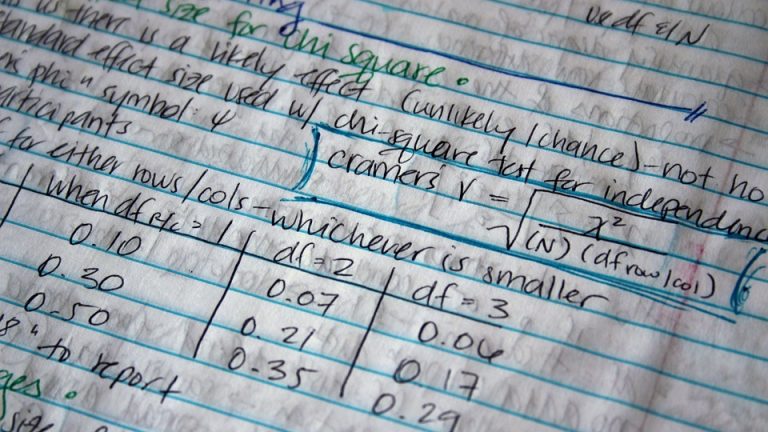The Math Olympiad: A Platform for Math Whizzes to Shine
The Math Olympiad is an international mathematics competition that brings together the brightest and most talented math minds from around the world. The competition, also known as the International Mathematical olympiad (IMO), is held annually and has been a benchmark of mathematical excellence for over six decades.
History of the Math Olympiad
The first IMO was held in 1959 in Romania, with seven participating countries. The competition was initiated by Hungarian mathematician George Pólya, who recognized the need for a platform that would allow mathematically gifted students to demonstrate their skills and compete with their peers from other countries. Since then, the IMO has grown to become one of the most prestigious and highly competitive math competitions in the world, with over 100 countries participating every year.
The Competition
The Math Olympiad is a six-hour competition that consists of six problems, each worth a certain number of points. The problems are designed to test students’ mathematical skills and knowledge, with a focus on algebra, geometry, combinatorics, and number theory. Students are given a set amount of time to work on each problem, and they are not allowed to use calculators or other electronic devices.
The Selection Process
To participate in the Math Olympiad, students must first be selected by their country’s math organization. This typically involves a series of regional and national competitions, which are designed to identify the most talented math students. In the United States, for example, the American Mathematics Competitions (AMC) is responsible for selecting the country’s Math Olympiad team.
The Impact of the Math Olympiad
The Math Olympiad has had a significant impact on the math education system worldwide. The competition has inspired a new generation of math students, many of whom have gone on to become renowned mathematicians and scientists. The IMO has also helped to foster a sense of international cooperation and collaboration, with students from different countries coming together to share ideas and solve problems.
Notable Alumni
The Math Olympiad has a long list of notable alumni, including many prominent mathematicians and scientists. Some examples include:
- Terence Tao, a mathematician and Fields Medal winner who was a member of the Australian Math Olympiad team in the 1990s.
- Ingrid Daubechies, a mathematician and physicist who was a member of the Belgian Math Olympiad team in the 1970s.
- Grigori Perelman, a mathematician who was a member of the Russian Math Olympiad team in the 1980s and went on to win the Fields Medal.
Conclusion
The Math Olympiad is a unique and prestigious competition that provides a platform for mathematically gifted students to demonstrate their skills and compete with their peers from around the world. The competition has had a significant impact on the math education system and has inspired a new generation of math students. As the Math Olympiad continues to grow and evolve, it is likely to remain a key part of the international math landscape for many years to come.
